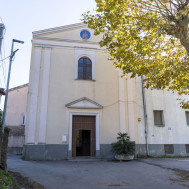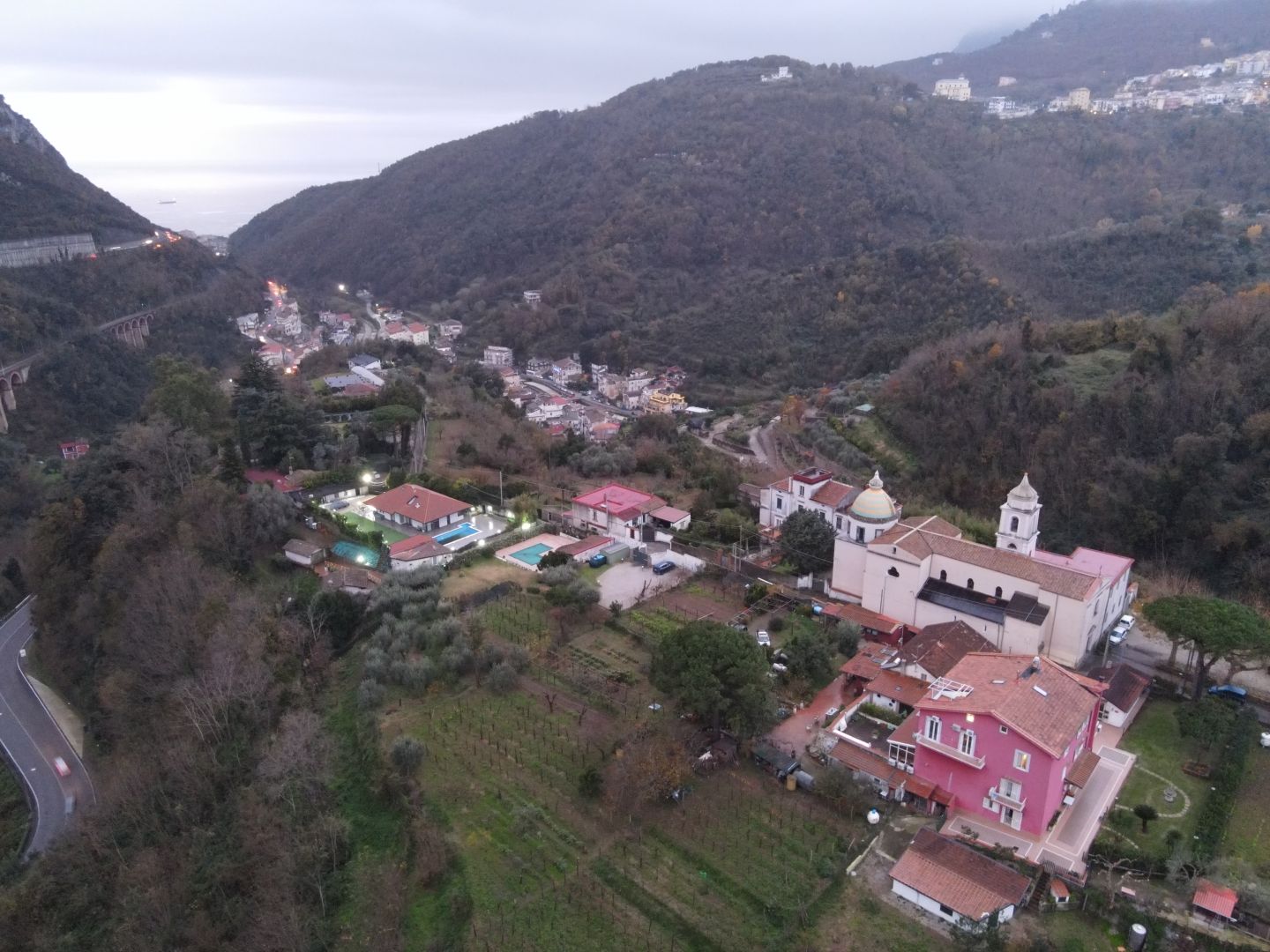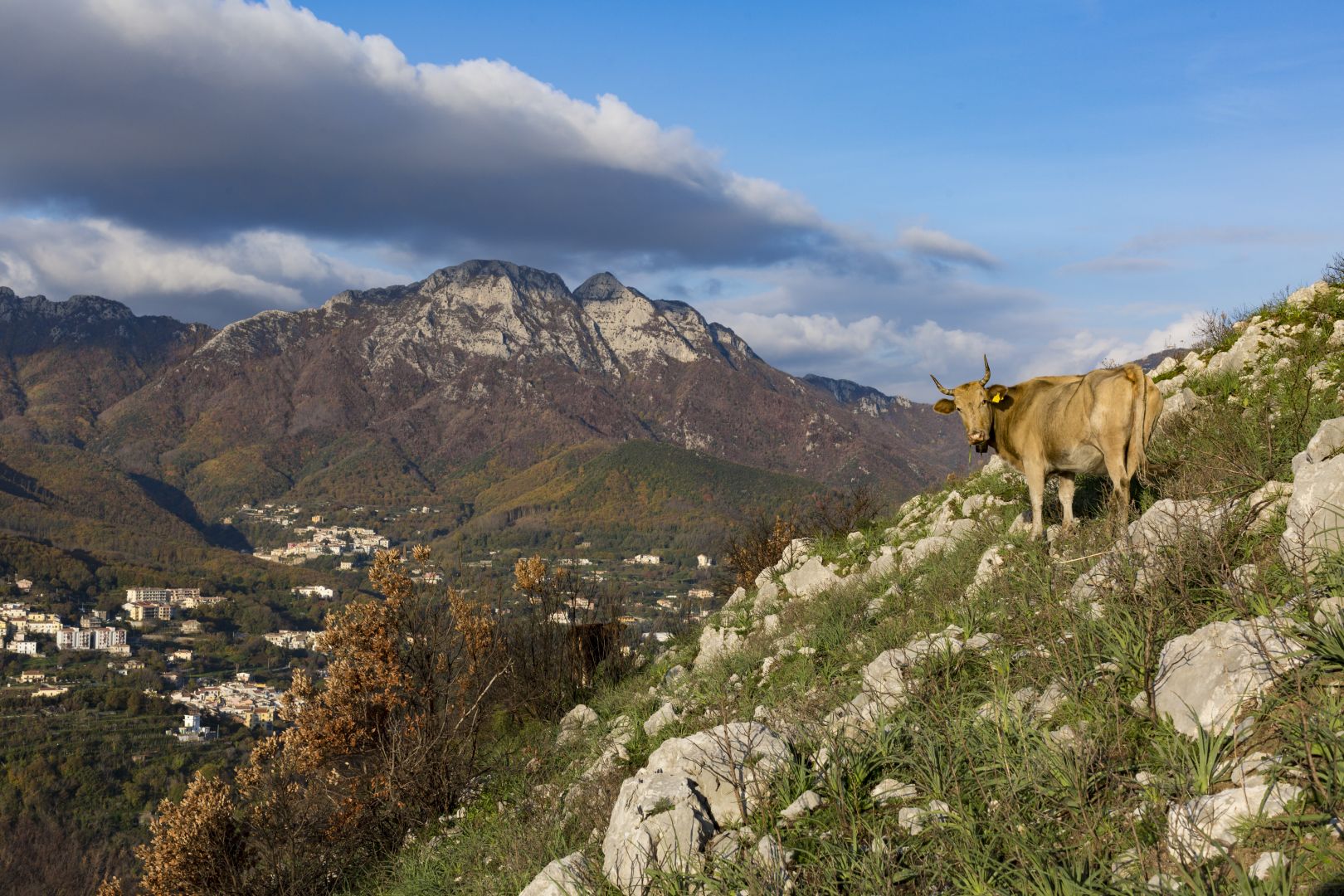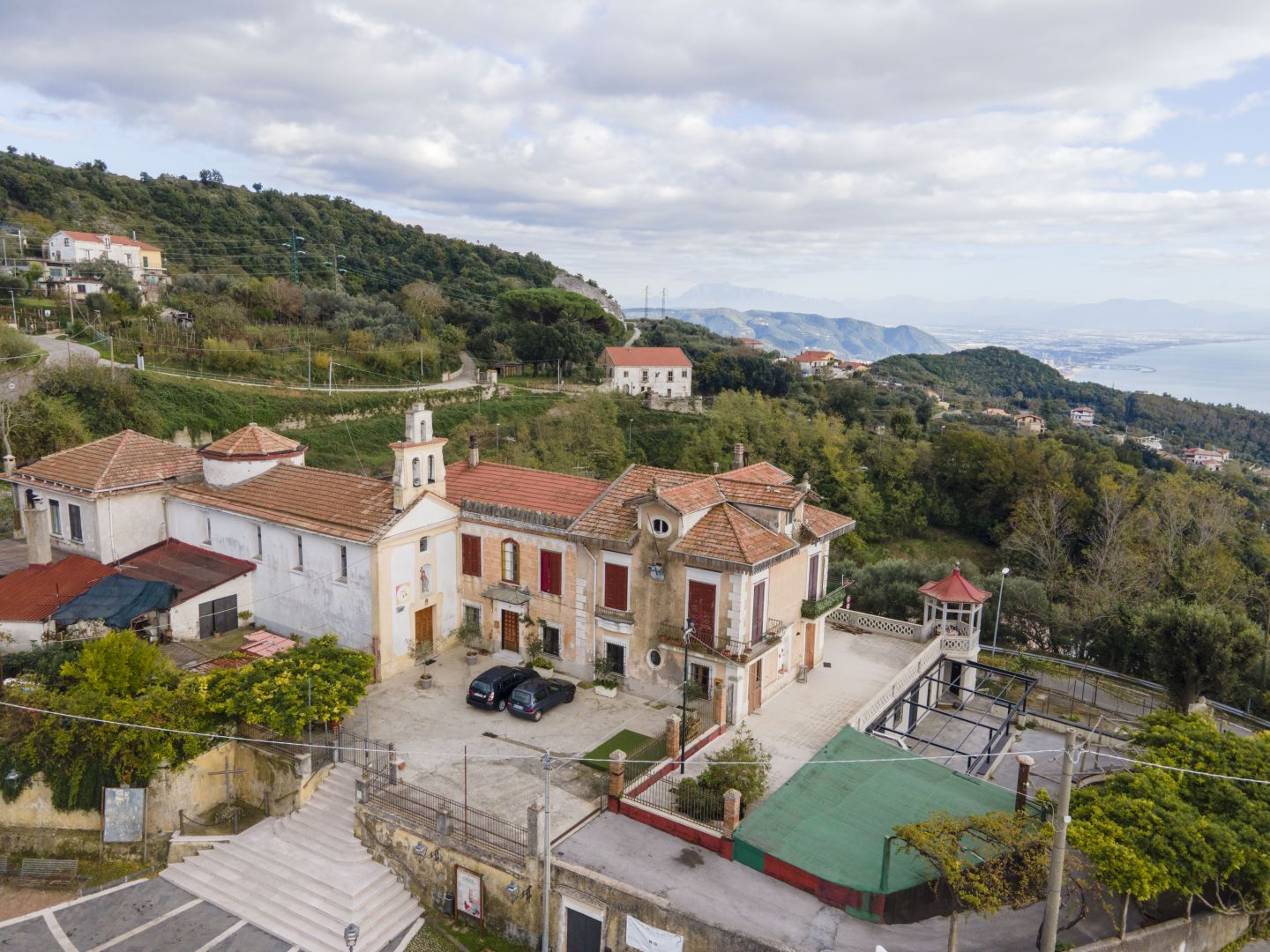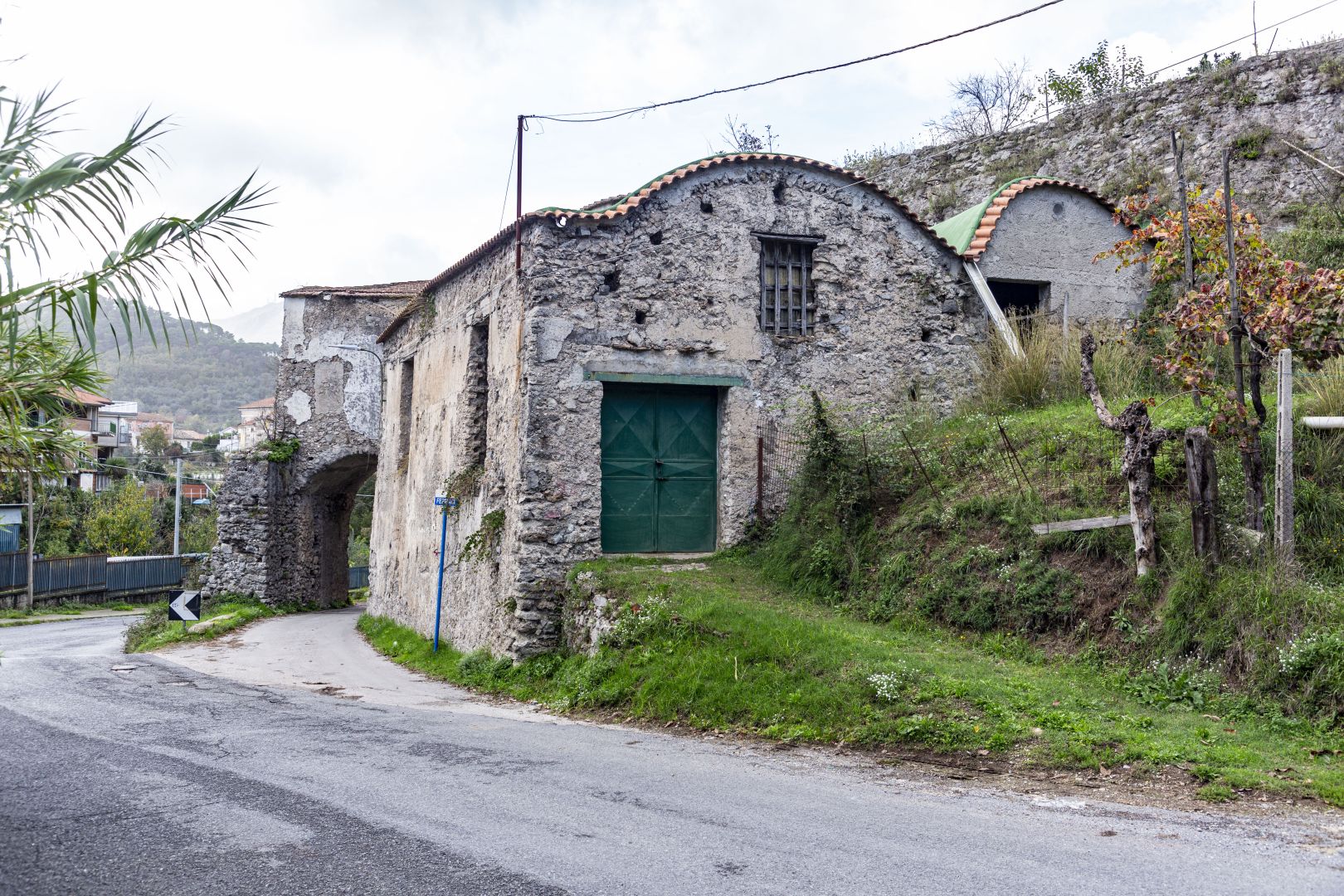Utilizziamo i cookies per offrirti la migliore esperienza sul nostro sito. Continuando a navigare, accetti l'utilizzo dei cookies.
Stages
Description
The itinerary begins at the crossroads for Castagneto on the S.S. 18, once home to a shrine dedicated to the souls of Purgatory, destroyed in the flood of 1954, which gave its name to the place. Ancient historians also mention a "Purgatory Fountain" present here. The visit to Vetranto takes us back to the ancient settlements, while Castagneto with its renowned villas evokes the influx of tourists and holidaymakers in the nineteenth century. The green gardens, the parks with centuries-old trees and the dominant position of Castagneto over the Bonea valley still offer an enchanting spectacle, witnessed by the writer Paolina Craven.
The itinerary starts from via Orilia towards Castagneto, the ancient road connecting Salerno, which continues towards Vetranto, then descending to Molina. After a stop in Vetranto, we explore some of the most beautiful villas of Castagneto, crossing the town of Casa Davide up to the Tolomei spring on the Traustino valley, which joins the Bonea a little further on.
The Vetranto farmhouse was part of the Metelliano district and, today reachable via a detour from via Orilia, was once a passing point on the road to Salerno. The village of Castagneto owes its name to the chestnut forests that once surrounded it. Overlooking the Bonea valley, with steep crags and wooded gorges, Castagneto enchanted Paolina Craven, as evidenced by the street dedicated to her, flanked by beautiful villas, including Villa Cardinale, which the writer purchased for holidays from 1858 to 1870.
From Castagneto, passing through Li Landi, you reach the crossroads for San Cesareo, then descending to Casa Davide, once owned by the Davide family, documented in important public positions in the 16th century. Casa Davide houses the small church of San Giovanni Battista, built in the second half of the 16th century and designed by the architect Pignoloso Cafaro.
The City Palace of Cava de' Tirreni preserves lamps from the Roman era, 39 in terracotta and one in bronze, recovered from tombs discovered in the ground along the south-western side of the church in San Cesareo and in the De Santis fund, near the Chapel of 'Angelo in Pisciricoli, a hamlet of Pregiato, respectively.
Reviews
Login to write a reviewRomano Aloisi
24-10-24Bella esperienza!
